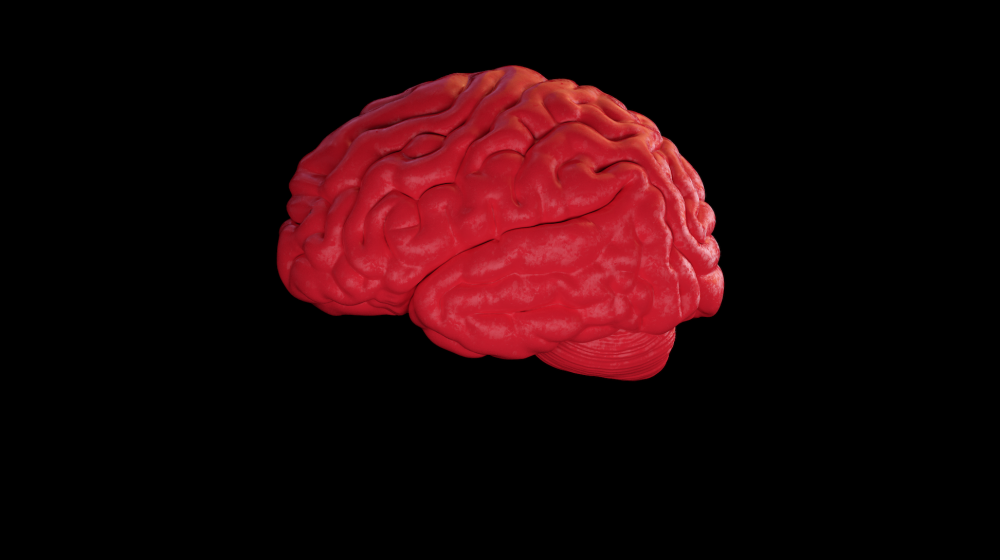
Brain on Fire

Scientists have developed an animal model that may provide a path toward improving the diagnosis and treatment of the devastating brain disease chronicled in the bestselling autobiography “Brain on Fire.” The book, along with a 2017 movie by the same name, traces newspaper reporter Susannah Cahalan’s harrowing descent into the throes of anti-NMDA receptor encephalitis.
This condition is triggered by an autoimmune attack on one of the key neurotransmitter receptors in the brain, the NMDA receptor. “If left untreated, the disease can produce severe psychiatric symptoms, progressing to seizures, then to affecting autonomic functions, like breathing and heart rate. If left untreated, the condition can result in death,” said coauthor Kenneth Tovar, an associate project scientist at UC Santa Barbara. The study, published today in the journal Science Translational Medicine, reports an original animal model for this puzzling condition.
Tovar and several colleagues at the Oregon Health & Science University in Portland said the discovery clears the way for developing a near-atomic image of how the immune system attacks the NMDA receptor. With that information, researchers could specifically block the damaging autoimmune reaction and test new therapeutic strategies using their newly developed mouse model for the disease.
“The goal is a cure that is specific to this disease,” said senior author Gary Westbrook, a senior scientist at OHSU’s Vollum Institute.
NMDA receptors are present in almost every neuron in the brain. Crucial for learning and memory, these receptors are required for the formation of new memories in the hippocampus of humans and animals, and have been implicated in several neurological and psychiatric conditions including Alzheimer’s disease, schizophrenia and depression.
The disease in people occurs unexpectedly when antibodies produced by the body’s own immune system attack NMDA receptors in the brain.
“It’s a human disease that we don’t know enough about,” Westbrook said.
The team aimed to develop an animal model that mimicked how the disease plays out in humans. “The mouse model described in this work is a very good representation,” said Tovar. In fact, he expressed his surprise over just how faithful it was to many aspects of the disease in humans.
The animal model will be especially useful in determining the distinct site or sites on the NMDA receptor that trigger disease.
“If we know the exact site, one could potentially intervene early to abort the progression of the disease,” Westbrook said.
Tovar agreed, stating that “early detection is related to much better prognosis for recovery.”
According to the research team, the development of an animal model is important because there are few samples of brain tissue from people who have developed the disease. The animal model provides a unique opportunity to recognize early signs of the disease, and to develop therapeutic approaches that could precisely target the site on the receptor that is attacked by the immune system.



